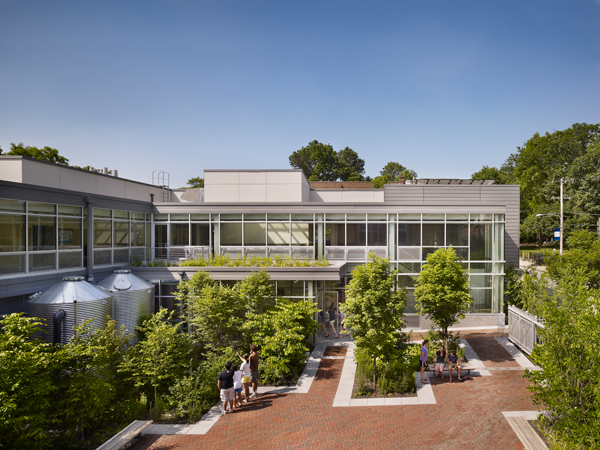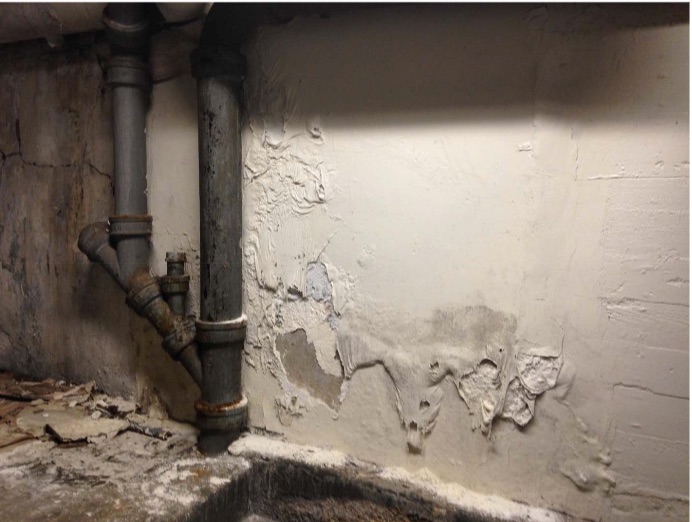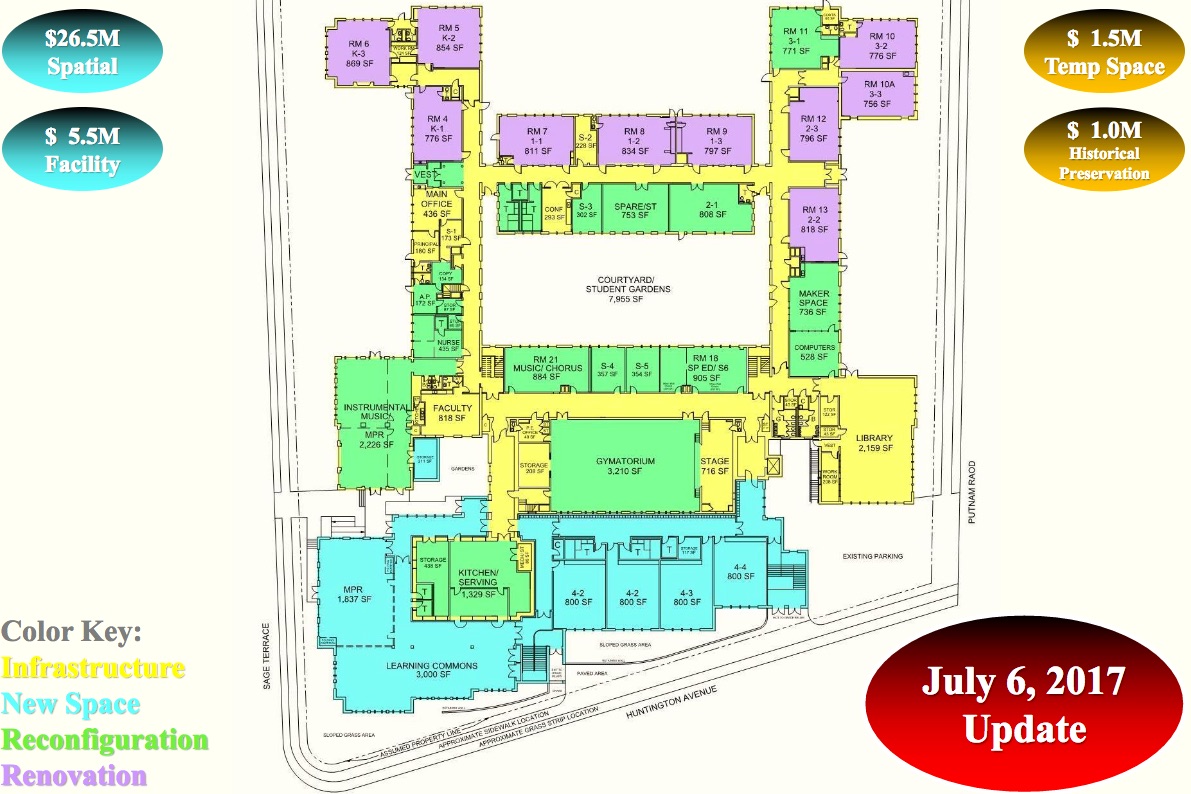School Board Speeds to a Decision on Greenacres -- But Is It The Right One?
- Category: Schools
- Published: Tuesday, 11 July 2017 15:54
- Joanne Wallenstein
 (This is the opinion of site founder Joanne Wallenstein) The Scarsdale School Board and administration have reached a hasty decision on proposed projects for a $64.88 million bond referendum for the Scarsdale schools, now planned for December, 2017.
(This is the opinion of site founder Joanne Wallenstein) The Scarsdale School Board and administration have reached a hasty decision on proposed projects for a $64.88 million bond referendum for the Scarsdale schools, now planned for December, 2017.
After a five hour discussion at a daytime meeting on July 6, the school board gave the administration the go ahead to continue to pursue a $33 million renovation and expansion at the Greenacres School as well as $29 million in priority 1,2 and 3 items to other district schools. A list of which projects would be included in the $29 million was not available at the meeting. The plan calls for $7 million in facilities work to the existing Greenacres school building for a total of $40 million on Greenacres alone.
The decision brought some closure to a lengthy discussion about the future of Greenacres School and removed the option of the construction of a new school on the field. The administration presented documentation, questions and answers, rough layouts and numbers to back up the proposal. Dr. Hagerman and Assistant Superintendent Stuart Mattey argued that they had answered the outstanding questions about Greenacres and that the solution presented by BBS addressed community needs.
But have they answered all the questions and do they have the right solution?
At the previous meeting on June 20 then Board Vice President, now President Bill Natbony, asked the administration for three analyses in order to make a decision on Greenacres:
They were:
- A long-term comparison of the costs of a new school vs. a renovation at Greenacres including financing, state aid and energy savings. Maintenance costs for the renovated building should also be factored in.
- An analysis of where students will be sited during a renovation, whether it be inside the school, in trailers or in other locations.
- A traffic study detailing the mechanics of student drop-off and pick up at a renovated Greenacres School.
At the time, Natbony assured the public that the board was listening to them and some Greenacres residents were pleased that this information would be provided to facilitate sound decision-making. However, at the July 6 meeting, though the school board supported the administration's recommendation, they did so without the benefit of any of the promised analyses.
New vs. Renovation:
The analysis of the long-term costs of a new school versus a renovation turned out to have numerical errors that misstated the differences in the long-term costs of a new building at varying interest rates. In addition, though the board was given an estimate by a competing architecture firm for a new school at a cost of $44 million, and an estimate from former district architects KG&D for $52 million, the administration chose instead to do their analysis using a cost of $60 million which was over $800 per square foot. The administration previously said that they had retained a financial advisory firm to produce the analysis, but the questionable numbers were provided by the administration, with no input from financial advisors.
Several residents who work in construction and real estate believed that $800 a square foot far exceeded the true cost of a new school. However, even with this erroneous analysis and questionable underlying assumptions, the board voted in favor of a renovation and to dismiss any consideration of a new school arguing that it would be too costly.
Student Placement During a Renovation:
The Board previously requested a more thorough analysis of the logistics and costs of educating children during the 26-month to three-year renovation. If the kids were to be inside the school, how would they be protected from construction hazards? If they were to be in trailers, what would be the cost of those trailers? Or if they students were to be sent elsewhere, where would they go and at what cost? At the meeting, the architects put a placeholder of $1.5 million in the budget for trailers but did not specify how many students would need to be displaced or for how long.
Traffic, Pick-up and Parking:
Student safety was one of the key issues at the school identified in a 2015 feasibility study. The siting of the school across the street from the playgrounds and fields has been a perennial problem at Greenacres, along with the lack of a proper drop-off and pick-up driveway. Again, the administration provided no such analysis. Roger Smith at BBS indicated that he had not even examined the issue, when he said, "I think you pick up your little ones on Putnam Road." In fact, children are dropped off and picked up at all three entrances to the school on Putnam Road, Huntington Avenue and Sage Terrace. Furthermore, an earlier site plan had shown a row of parking spaces on Huntington Avenue, which would require students to cross the street and traverse a parking lot to get to the play areas opposite the school. This issue was not discussed and the Board voted yes despite the lack of this deliverable. With school out of session, the analysis will need to wait for the fall.
What other contradictions and conflicts surfaced at the meeting?
Though the administration previously acknowledged that the existing building had significant issues with moisture, and photos of bubbling and paint and leaks surfaced last year, they now claim there have been no problems since 2011.
Here is the wording from an update from the administration along with photos from the prior engineers report:
What About Moisture or Mold in the Building?
"A major challenge facing Greenacres is moisture. The dirt crawl spaces and basement underneath the building generate significant humidity, which is controlled through the constant use of dehumidifiers. Without this continuous monitoring and mitigating, this moisture could result in serious issues affecting air quality, structural integrity, and maintenance. It should be noted that repeated testing by both District staff and outside consultants has shown that there is no significant mold problem at this time. Concerns about mold throughout the District are addressed with inspections from outside experts."
Justifying the current renovation plan, the administration says they will now move all students out of the lower level and address the issue with commercial dehumidifiers. As owners of old houses, many residents are questioning why the district would spend $37 million renovating a school with a leaky and possibly moldy foundation.
Pipes: Earlier this year the district released reports showing unacceptably high lead levels in the water at Greenacres and several other schools. These were remediated by placing filters on sinks and water fountains. The new plans do not call for the replacement of all the pipes in the building. Therefore, the water supply in the school will continue to be problematic.
Building Structure: Architect Roger Smith maintains that Greenacres' "Old bones are in good shape." When a resident asked for a report to back up the claim about the condition of the 100-plus year old building he was told that there are no reports and the claim was based on "intensive visual inspection."
Fire sprinklers: The FAQ distributed by the district includes a question about the lack of fire sprinklers but fails to provide an answer. See page 27. The administration says since the old school is grandfathered by the state, the district is not required to bring the rest of the building up to code and fire sprinklers will not be installed in the existing portions of the building. However, an earlier report from KG&D seems to contradict this claim, saying, "If a substantial renovation is anticipated any renovation that has a "work area" that exceeds 50% of the building (Level 3 Alterations as defined by the NYS Code) will trigger upgrades to meet most of the current code as if you were constructing a new building."
Priorities at other buildings:
The Superintendent repeatedly stated that the responsible way to spend this bond would be to do a limited renovation to Greenacres and spend the rest on repairs at the other schools. To that end BBS did an extensive facilities survey and graded proposed repairs on a scale of 1-5, with one being the highest priority. However, no justification was given for which priority 2 and 3 items were chosen for the bond. While previous facilities decisions were the work of representative building committees, decisions on these priorities were made solely by the administration.
BBS Architects initially said only Priority 1A items were required to meet code, regulation or law; but now Dr. Hagerman is saying that the districts needs to do all Priority items 1, 2 and some 3s "for health and safety" reasons.
In fact, the total of the priority 1 and 2 work proposed for all schools except Greenacres, comes to $18.6 million. If the district could do a $70 million bond offering, there would still be $51 million for a new school at Greenacres. This was not discussed.
In addition, many of the repairs at the other buildings are traditionally funded out of the district's operating budget. There is little precedent in Scarsdale for using bond offerings to solely fund repair work. Bonds have been used to pay for improvements and additions as detailed in the administrations handout at the meeting.
Building design and setback:
Architects BBS provided no building elevations or design details for the addition at Greenacres. From the site plan it was evident that the mass of the building would greatly increase, the gym will be surrounded by new classrooms and have no windows and there would be far more interior spaces without natural light or cross ventilation.
The building will extend to the curb along Huntington Avenue and Sage Terrace, despite the requirement for 30-foot setbacks for homes in the neighborhood. The three-story building along Huntington Avenue will loom over the street and there will be very limited space to enter or exit the school. Despite the lack of detail the Board voted affirmatively to move ahead with the renovation.
The decision was cheered by a group of residents who had argued to save Greenacres field. But representatives from the League of Women Voters, environmentalists and parents of children at the school were surprised that the board had voted to eliminate consideration of a new school without weighing what they considered to be vital information.
They point out that the main theme of this bond proposal is to ensure student "health and safety," yet, the prime health and safety issues at Greenacres will not be addressed by the renovation/expansion. Greencres will still have traffic issues; students will still need to cross a road to access the playground and navigate what is to become a parking lot to access the play area.
It's not clear whether a bond that fails to address many key issues at Greenacres School will be supported by Greenacres residents or the wider community.
The next meeting of the Board of Education will also be held when many are out of town, this time on August 24.







